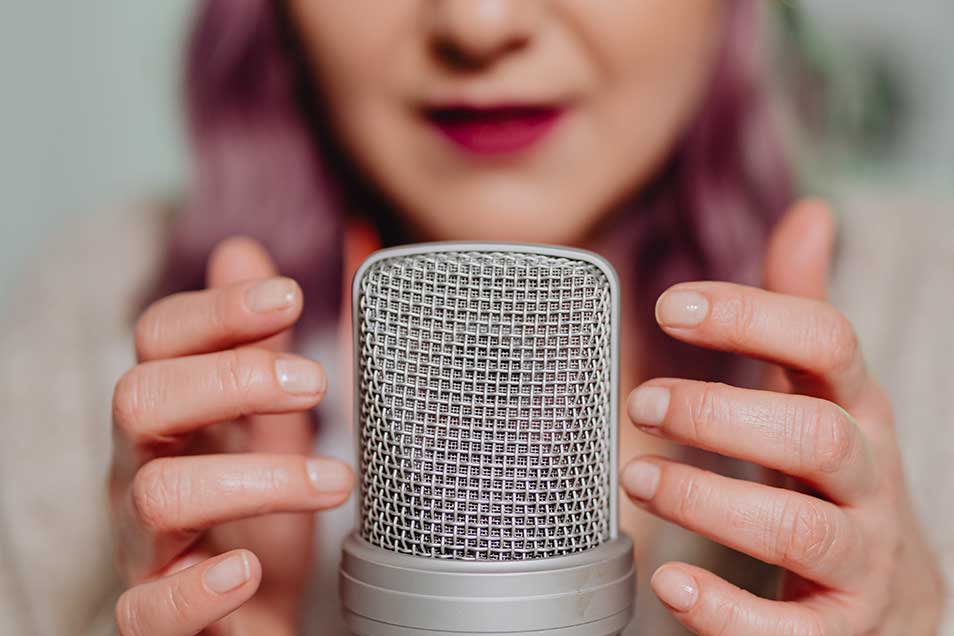What is ASMR?
As long as you have not been living under a rock for the past few years, chances are high that you have heard of ASMR. With millions of people worldwide watching videos of someone whispering, crinkling paper, or tapping on different objects, you may be left wondering what is going on. This International ASMR Day, we are going to help you develop a deeper understanding of ASMR and why so many people enjoy these sounds so much.
What is ASMR?
Autonomous sensory meridian response, or ASMR, describes a pleasurable sensation certain people feel as they experience certain stimuli for their senses. ASMR does not affect everyone, but those it does impact tend to feel immense relaxation and pleasure. Because of this, many individuals will use ASMR as a way to relieve stress or fall asleep.
We don’t have much scientific research surrounding ASMR just yet, so our current understanding of how it works and feels is little more than anecdotal. However, this is our current understanding of how ASMR works: an individual experiences an audible trigger which is then followed by a pleasurable tingle that leaves them feeling relaxed.
Who Experiences ASMR?
Not everybody will experience ASMR in their lifetimes. Some people can easily find their triggers, some may take longer to find what triggers their pleasure response, and others may never experience ASMR.
The Suspected Benefits of ASMR
While there is not a significant amount of research on the subject of ASMR just yet, some studies and anecdotal cases have found a few different benefits ASMR may have to offer, such as:
- Relaxation
- A pleasurable affect
- Reduced heart rate
- Reduced skin conductance
- Increased feelings of connection
- Reduced anxiety
- Improved sleep
- Improved attention
- Reduced feelings of loneliness
- Improved emotional regulation
- Potential therapeutic effects on mood and sleep disorders
Examples of ASMR
There are many ways the ASMR pleasure and tingles may be triggered. Some common sensory triggers include physical touch, sound, visual stimuli, and specific situations. A few of the seemingly endless ASMR triggers include:
- Whispering
- Tapping
- Blowing
- Writing with a pen to paper
- Drinking
- Typing
- Crinkling
- Purring from a cat
- The humming of a vehicle
- The ticking of a clock
- Scratching
- Chewing
- Humming
- Buzzing
- Sticky fingers
- Dripping water
While sound is a common ASMR trigger to pursue, it is not the only type of trigger there is. A few non-auditory ASMR triggers include:
- Brushing over skin with a soft brush (like a makeup brush)
- Playing with one’s hair
- Receiving a massage
- Personal attention
- Eye contact
- Roleplay
- Patterns in lighting
- Color-swatching and mixing
- Seeing someone else concentrate
- Calming hand movements
We Are Here for You
ASMR can be a great way for some people to relax. However, if you have found yourself experiencing stress so constant or intense that your quality of life is being negatively impacted, you may need help from something more.
Our therapists are highly skilled, well-educated, and ready to help you begin feeling happier and healthier. If you are ready to give therapy a try or would like to learn more, contact us today, and we will work to get you the help you need.
References
https://www.ncbi.nlm.nih.gov/pmc/articles/PMC6010208/
Keywords: ASMR, stress relief, relaxation techniques, therapy


